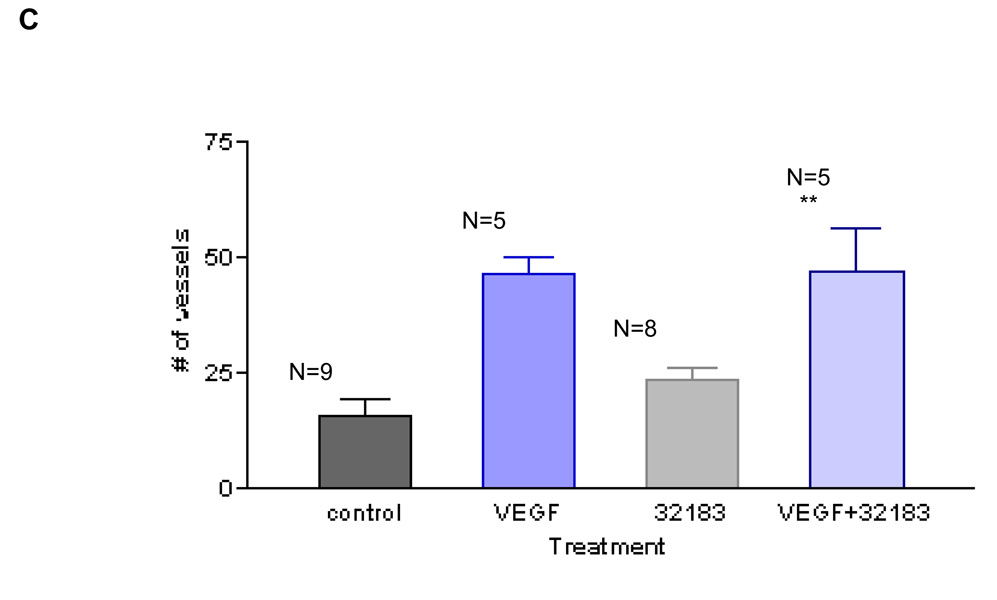Figure 3. LPA-induced angiogenesis is blocked by an LPA1,3 receptor antagonist.
To analyze the role of LPA receptors in LPA-induced angiogenesis we used the LPA1 and LPA3 receptor antagonist, VPC32183. Using the same approach aforementioned, we show in 3A and 3B that LPA-induced angiogenesis is blocked completely by this compound at 10µM. Importantly, VPC32183 alone (at 10µM) had no discernable effect in angiogenesis and does not block VEGF-induced angiogenesis (Figure 3C). One-Way ANOVA test was performed between groups. ** P< 0.001. Error bars represent standard deviation (SD). In figure 3B (scale bar: 0.125 cm), we present the image of a single membrane representative of each group.


